
OR
School for Majhi children grappling with resource crunch
Published On: March 14, 2019 08:42 AM NPT By: Yogesh Rawal
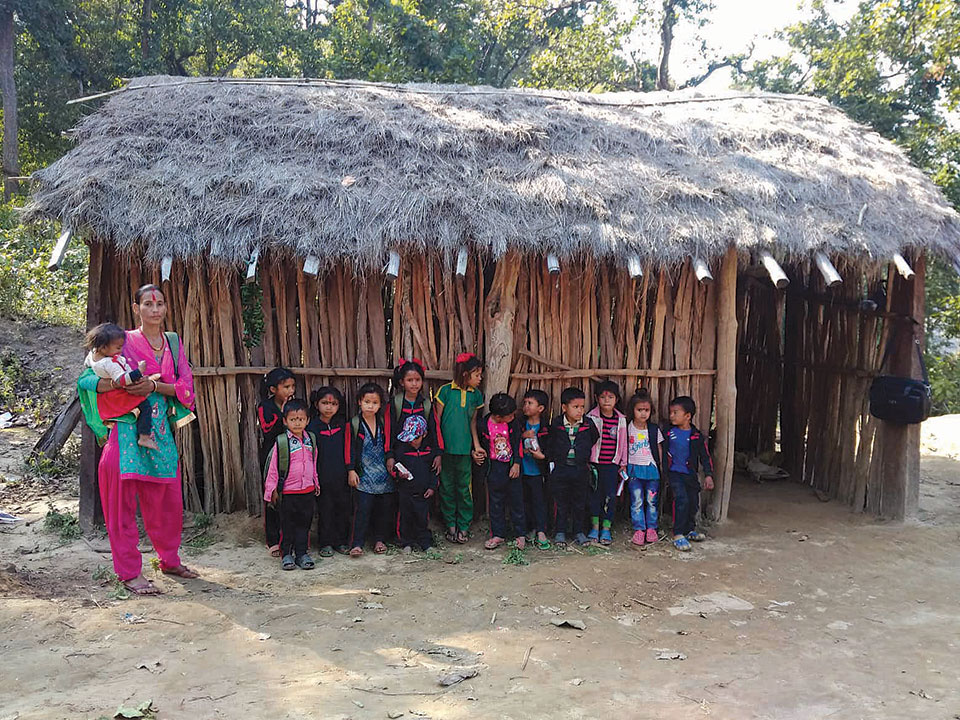
TIKAPUR, March 14: Ujyalo Sikshya Sadan is the only elementary school in the locality of Majhi community of Kachali village of Tikapur. Though established in 1998, the school lacks basic infrastructures and facilities. If support is not extended to this institution urgently, it might have to be closed, its teacher says.
“This is the only school around here that offers junior level classes here. Most of its students belong to the Majhi community,” said its sole teacher Tulasa Devi Majhi. “But in the lack of financial resources, it might close soon.”
Tulasa says that she has a meager salary. And as such, she is in a dilemma, whether to continue with the job or not. “Even though the government has a basic salary scale for teachers, this is not applicable in the school as it has been struggling in managing financial resources,” she explained.
Let alone getting a salary from the government, the school is not even registered officially. Considering the need for a community school back then, locals had established it on their own. Over the years, many of its founding members migrated elsewhere whereas some others stopped caring for it. As such the school then remained as a school for children from the poor and marginalized communities.
“It is not that we did not try to register it. Residents have gone to the district education office several times to register the school. However, our plea has fallen on deaf ears so far,” said Tulasa.
Though the government has shown no interest in registering the school and supplying it with necessary resources, it is barely surviving. According to Tulasa, this school has been neglected by the government because of its remoteness and because it ‘belongs to children from one of the poorest communities across the nation.’
There are not more than 65 households in the village. Its sloppy terrains do not attract new settlers here, and most of Majhis have not been able to migrate elsewhere. For earning a livelihood the Majhis work at construction sites and farms while some even go to India for season jobs.
There is a thick forest near the village. The school does not look like a school but a small cottage. According to the teacher, the walls and roof do not block wind, sun, or rain. It does not have much furniture either. Children are mostly taught under the open sky. Forty-five Majhi children are searching for their future in this atmosphere.
“We have a total of 45 children while classes are run up to third grade. We often mix them and run classes. During examinations, we separate groups,” Tulsa said.
Tulasa started teaching children at the school out of her passion for educating children, she says. “But in lack of financial resources, it’s getting harder for me to continue.”
Tulasa gets Rs 2,000 per month. The ward office has managed her salary. Earlier, there was another local Dambar Bahadur Bhul who used to take care of the school. He was the ‘one man army’ to teach at the school before she joined.
“The school would have closed when Bhul quit. But I could not see it closing, so I joined it and took over from him,” she narrated. Bhul served the school for one and a half year for free. Since he could not continue that way further, he had to quit.
Tulasa is married and also has a kid. Most of the times, she comes to school with her child. Her family has been pushing her to quit the job. Tulasa feels extremely worried about the fate of students.
“I wish for some miracles to happen. If I stop teaching at the school, lives of so many children will be affected.” According to her the children’s future will be dark if the school is closed. Another nearest school in the village is around two hours of walk, which is long for small children to travel every day.
“Though the distance is just around three kilometers, the route is dangerous. It takes around two hours for us to travel the distance. It takes even more time for small children,” she said.
Some sixty children from the village attend Araniko Lower Secondary School which operates classes up to the 8th grade. After graduating from this level, they have to go to school which is even at a greater distance from the village.
“Schools are very far from here. It is challenging for our children to get an education,” Tulasa said.
The slopes in the area are tough for children and elders to walk. During monsoon, it gets worse. According to a local Nabin Jaisi, 14, he has slipped several times while traveling to school. “We must be cautious while walking to school or elsewhere, in rainy days the path is very slippery.”
Meanwhile, Bhul stated the local authority is trying hard to get this school registered. “It is likely to get registered next year. Once registered, it will be able to receive financial assistance,” he said.
You May Like This

Majhi women build integrated settlement
SINDHUPALCHOWK, Feb 1: Some women of the Majhi community in Badegaun of Sindhupalchowk district have built attractive houses all by... Read More...
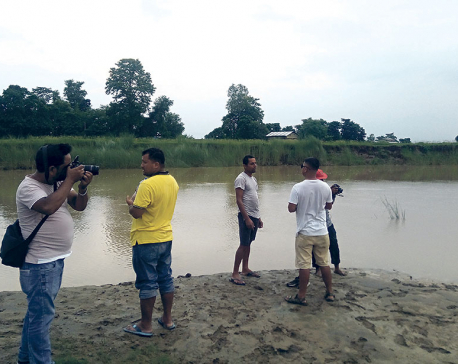
Tikapur dolphins attract tourists
TIKAPUR, Aug 6: John Spates of England had come to Nepal for the first time in 2006. The most exciting thing... Read More...

Flood alert system saving lives in Tikapur
TIKAPUR, July 29: When dark clouds start hovering in the sky, heartbeats of the locals of Dhansingpur and Narayanpur start... Read More...




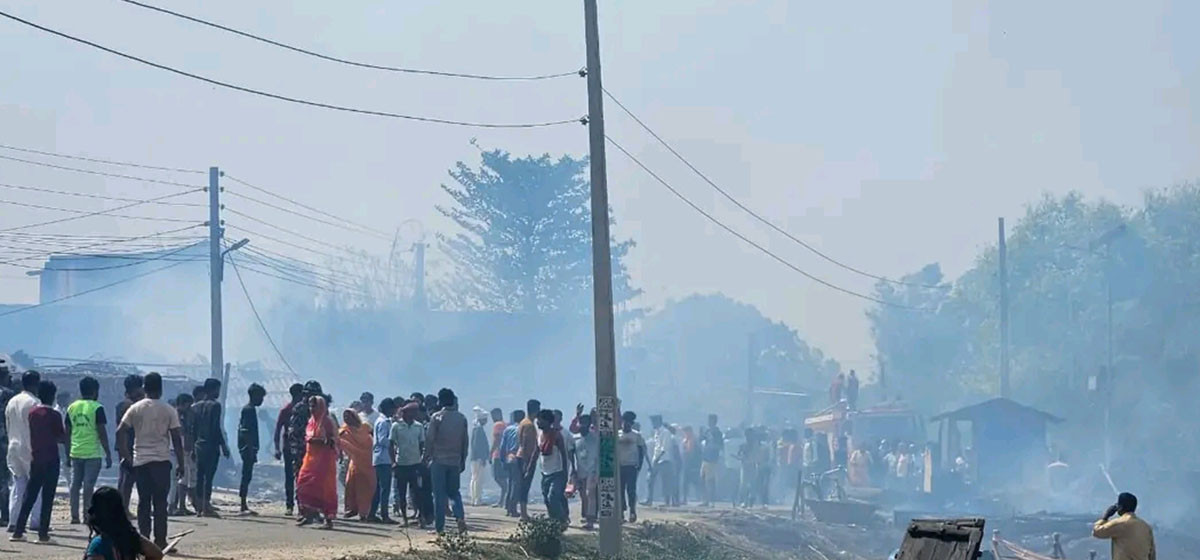

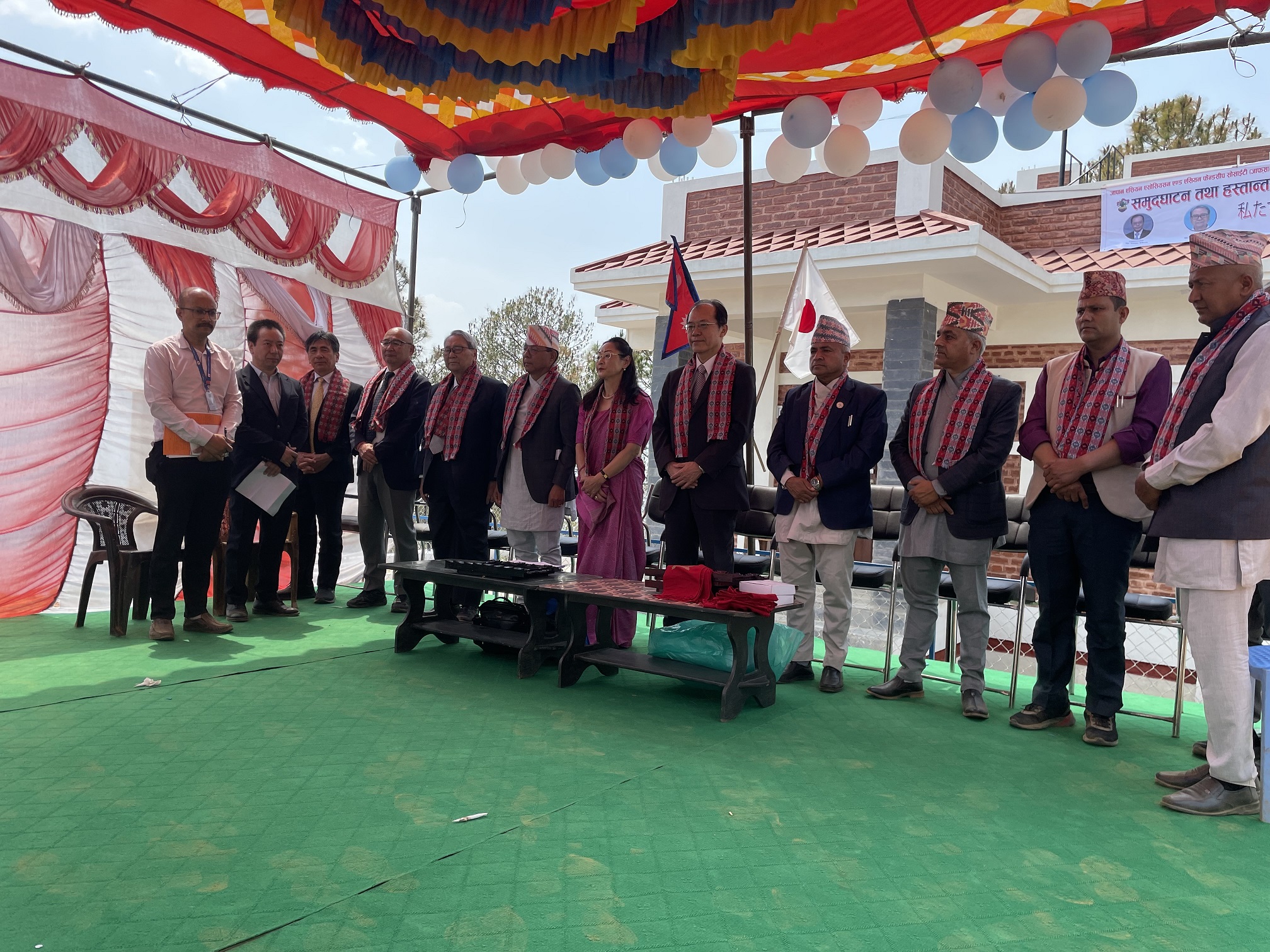
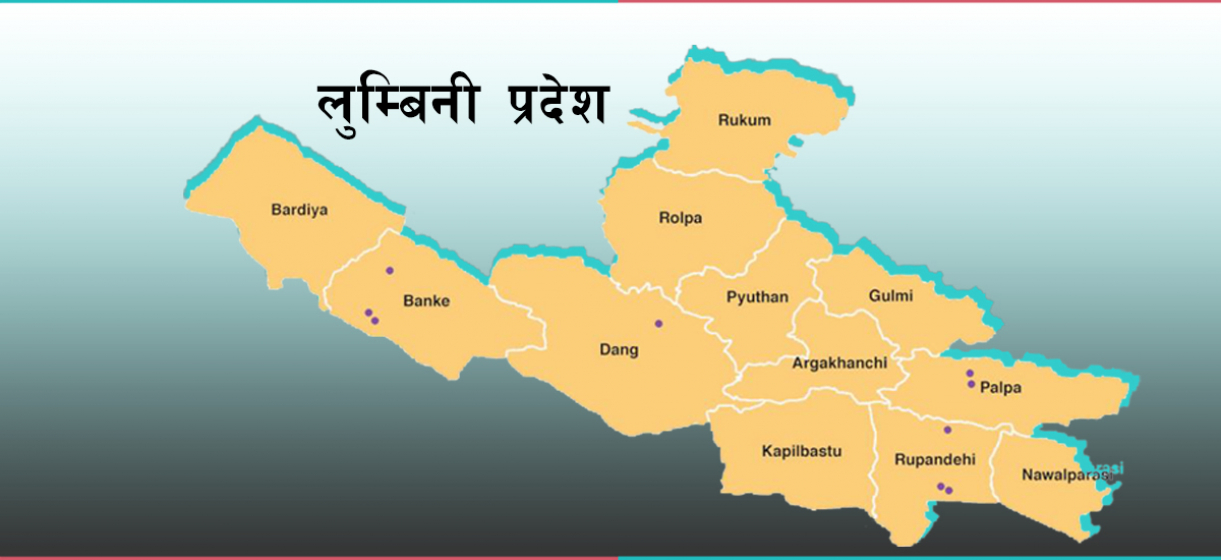
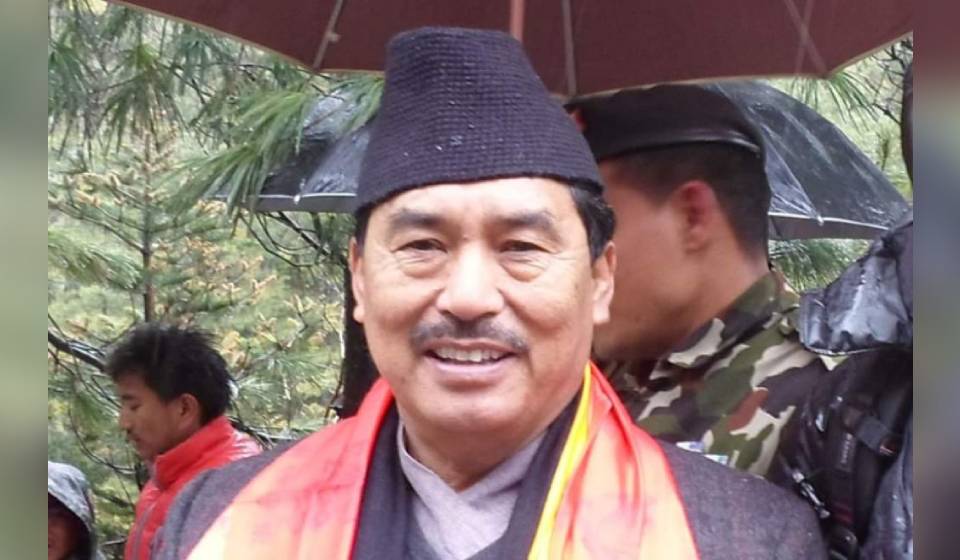

Just In
- Bagmati Govt mandates tri-lingual signboards in offices
- Inferno destroys 70 houses in Mahottari
- Health ministry urges precaution against heatwave
- Jhapa road mishap update: Three deceased identified
- Japan hands over Community Center for Disaster Prevention to Indrawati Rural Municipality
- Lumbini: Seven ministers gain portfolios
- NC lawmaker Gurung’s suspension lifted
- Homicide accused arrested after 17 years









Leave A Comment